Cua Ong Temple and the top feng shui secret in the Northeast region
- Monday, Jun 02, 2025, 18:52 (GMT+7)
Cua Ong Temple and the top feng shui secret in the Northeast region
Cua Ong Temple is not only a land imbued with Eastern spiritual energy, but also a place that touches the deepest core of national pride. It is where mountains and seas have whispered to each other for seven centuries, where every morning mist and every afternoon breeze carries ancient memories that have never faded from the Vietnamese soul. This is not merely a destination. It is a living space of the past, where every step and every incense offering becomes an intersection between reality and legend.
Perched on a hill nearly one hundred meters high in Cam Pha, Cua Ong Temple faces the deep blue waters of Bai Tu Long Bay, with its back resting against the majestic Cam Son range, surrounded by forests, the sea, wind, and clouds. According to ancient geomantic beliefs, this landscape is a sign of auspiciousness. The left is guarded by the Azure Dragon, the right by the White Tiger, the rear by the Black Tortoise, and the front by the Vermilion Bird. It is a sacred formation as firm as a divine chessboard, and the placement of a general’s shrine there is seen as harmonious with the will of heaven and earth. Perhaps it is this very harmony that gives the temple its strange spiritual energy. First-time visitors often feel time pause for a beat, while those who return speak of an unnameable feeling, as if gently guided by an ancient force.
Cua Ong Temple honors Hung Nhuong Dai Vuong Tran Quoc Tang, the third son of Hung Dao Dai Vuong Tran Quoc Tuan. Yet this land did not always belong to the Tran family. Long before, the locals had built a shrine for a regional general named Hoang Can, who once led fishermen to drive out pirates, protect the coastal villages, and secure the territory. When Tran Quoc Tang was sent by the court to guard the northeastern frontier, he did not erase the local belief. Instead, he embraced and elevated it, blending dynastic heritage with folk spirit. This seamless transformation gave Cua Ong Temple a unique dual identity, where royal presence coexists with the breath of the people.
The complex consists of three main parts: Lower Temple, Middle Temple, and Upper Temple. Each level is positioned at a different elevation, resting along the hillside like the legs of a sturdy tripod. The Lower Temple is dedicated to Mother Goddesses and local guardian deities. The Middle Temple is where generals such as Tran Khanh Du, Pham Ngu Lao, Yet Kieu, Da Tuong, and other contributors of the Tran dynasty are honored. At the highest point stands the Upper Temple, where the ancestral tablet of Tran Quoc Tang sits in solemn reverence. Locals do not call these three temples. They call them three layers of the heavens. To reach the Upper Temple, pilgrims must ascend hundreds of stone steps, a symbolic test of sincerity. The higher one climbs, the thicker the air becomes with the scent of incense, the chime of wind bells, the rustle of leaves, and the stirrings of the soul.
Within the temple grounds, there are thirty-four statues carved from precious wood and terracotta, coated in lacquer and gold leaf. Each statue embodies the aura, valor, and aesthetic of ancient Vietnamese spirit. The statue of Tran Quoc Tang occupies the most honored space. His eyes do not gaze straight ahead but slightly downward, as if watching each visitor entering the shrine. That gaze alone compels many to bow, not out of fear, but out of reverence before a lineage that once bore the weight of the nation’s destiny.
The architecture here is not ostentatious, but deeply symbolic. Pillars, beams, and roof frames are intricately carved from timbers such as ironwood, rosewood, and ebony. The tiles come from Bat Trang, the roof is covered with handmade curved tiles, and the mortar is mixed with molasses for extra strength. These seemingly minor details give the entire temple an indelible soul that time cannot erode. A closer look at the patterns reveals not only dragons and phoenixes, but also crickets, cicadas, lotus flowers, and leaves – rustic yet poetic symbols that subtly bring everyday life into this sacred space.
There is a little-known marvel. From the Upper Temple, the entire Bai Tu Long Bay unfolds below. On clear days, the sea resembles a vast mirror reflecting the sun, while the rocky islands rest silently like ancient punctuation marks on a naval map of the Tran dynasty. It is said that Tran Quoc Tang once stood here to observe enemy movements, devise strategies, and orchestrate victories that struck terror into the northern invaders. Standing in that very spot, breathing in the sea air, and imagining one’s hand brushing against history sends chills through every traveler’s spine.
And there is more. The temple is not only sacred on the full moon or New Year days. Its sanctity pulses even on ordinary days. Every year, in the second lunar month, a grand palanquin procession takes place. Hundreds of people dressed in the attire of Tran era soldiers and villagers carry the sacred tablet of Duc Ong through steep paths, over countless stone steps, through roads that only deep devotion can conquer. This festival is more than a religious rite. It is a vibrant stage where national memory comes alive. Each drumbeat, each gong strike, each chant echoes like a reminder that this land was once an unbreachable frontier of the homeland.
Beyond the three main temples lies the Cap Tien Shrine, dedicated to Tran Quoc Tang’s daughter alongside divine generals, celestial guardians, and the Primordial Holy Mother. The spiritual space here reflects the synthesis of Vietnamese culture, where Buddhism, Taoism, Confucianism, and folk beliefs coexist in harmony, forming a multi-layered and multidimensional sacred ensemble. This explains why elders, youth, researchers, and casual travelers all feel they belong in this place.
Cua Ong Temple does not beckon with grandeur. It calls with quiet depth. A feeling that is both familiar and strange. A serene energy that slows even the most hurried souls. Perhaps that is why people remember it long after they leave. Not just for its scenery. Not just for its history. But for a feeling so genuine, so human, so Vietnamese that it lingers in the heart.

 CHECKIN.VN
CHECKIN.VN

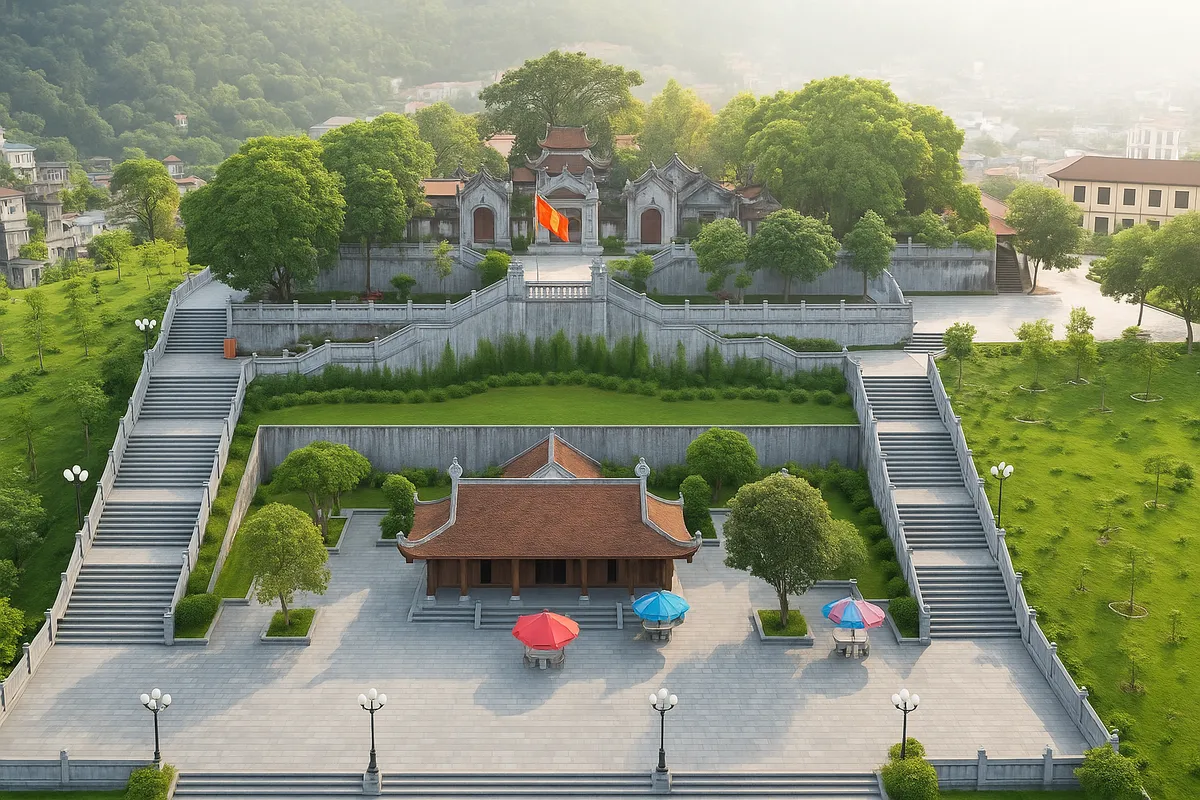
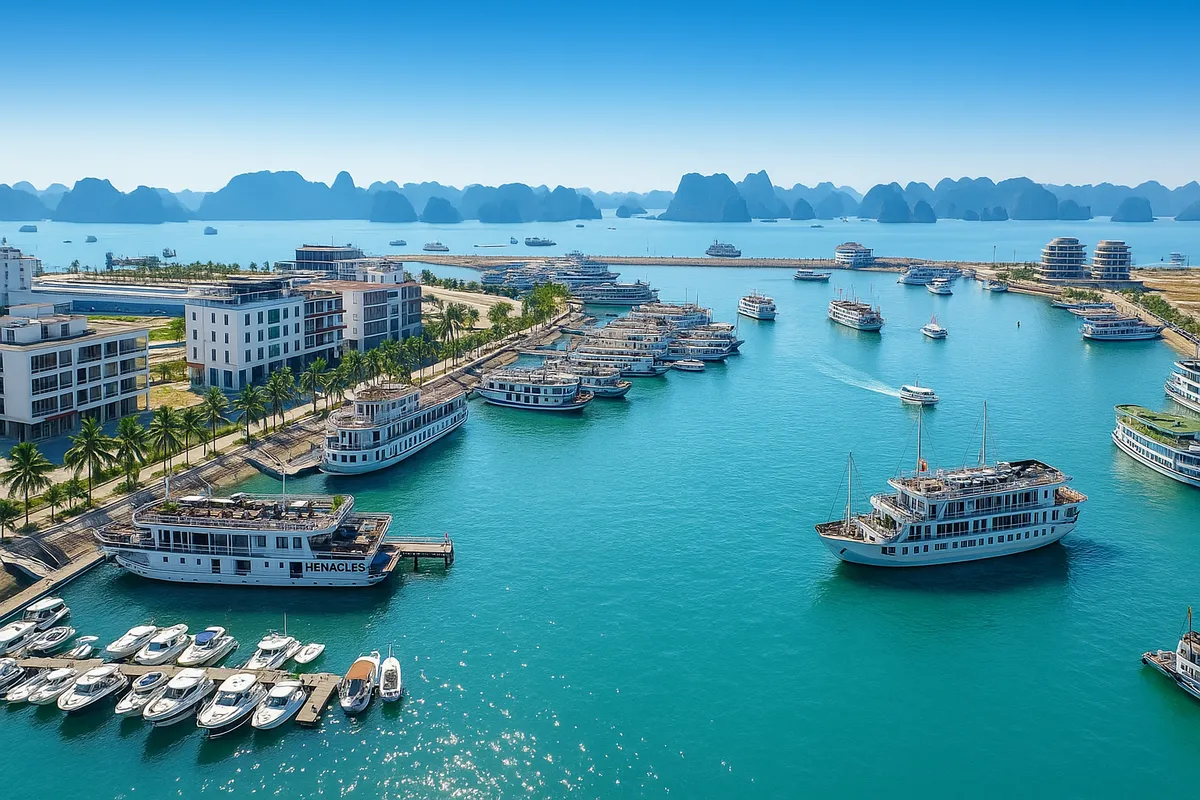
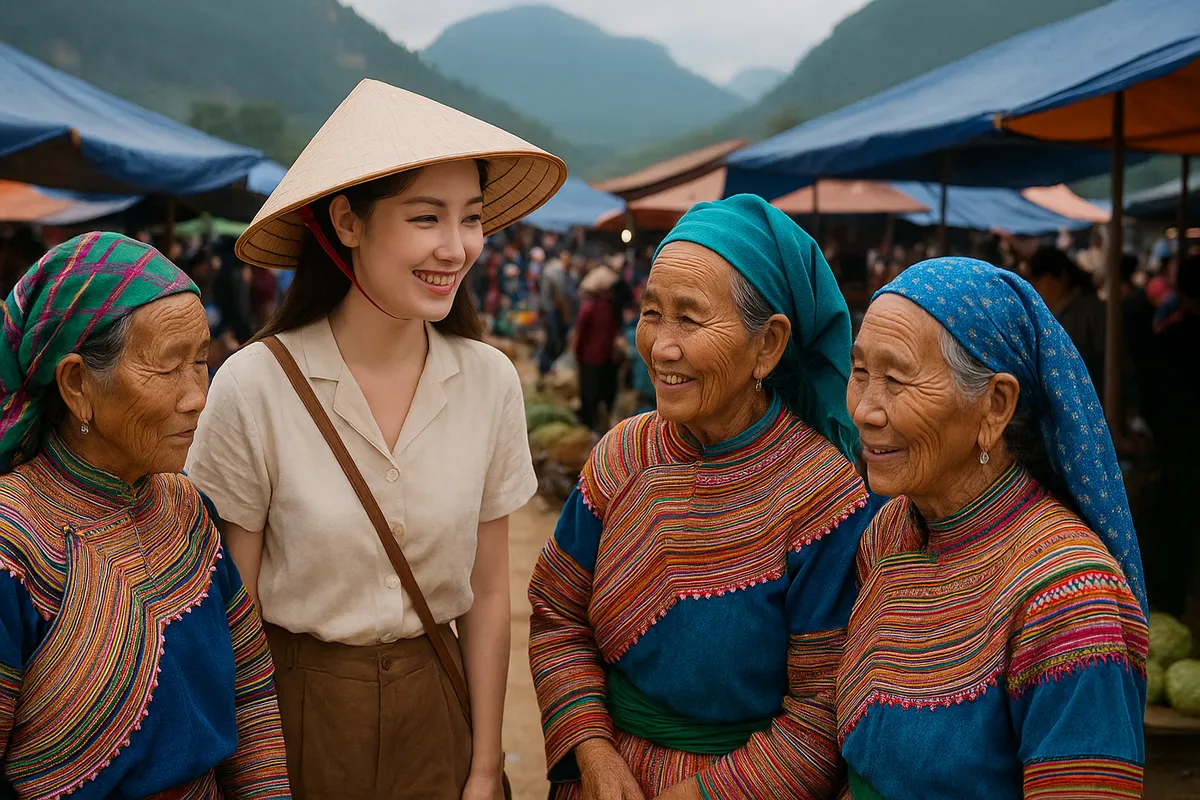
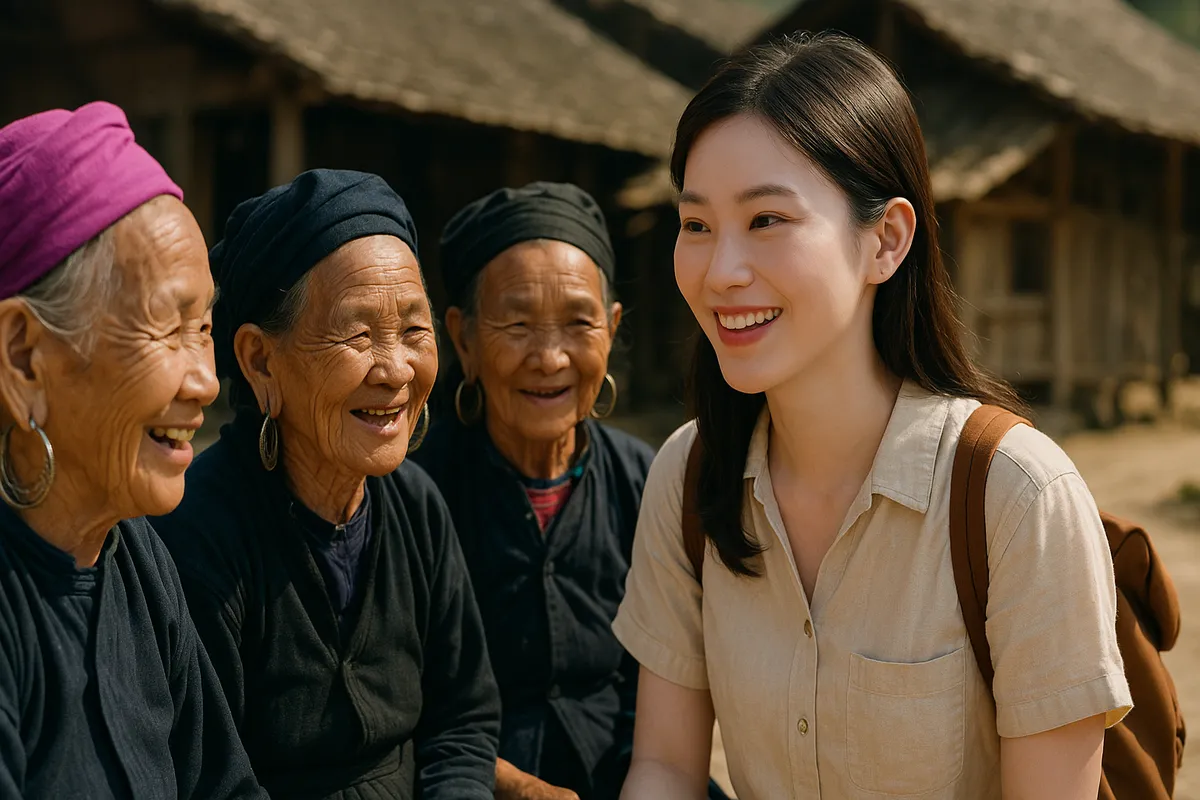

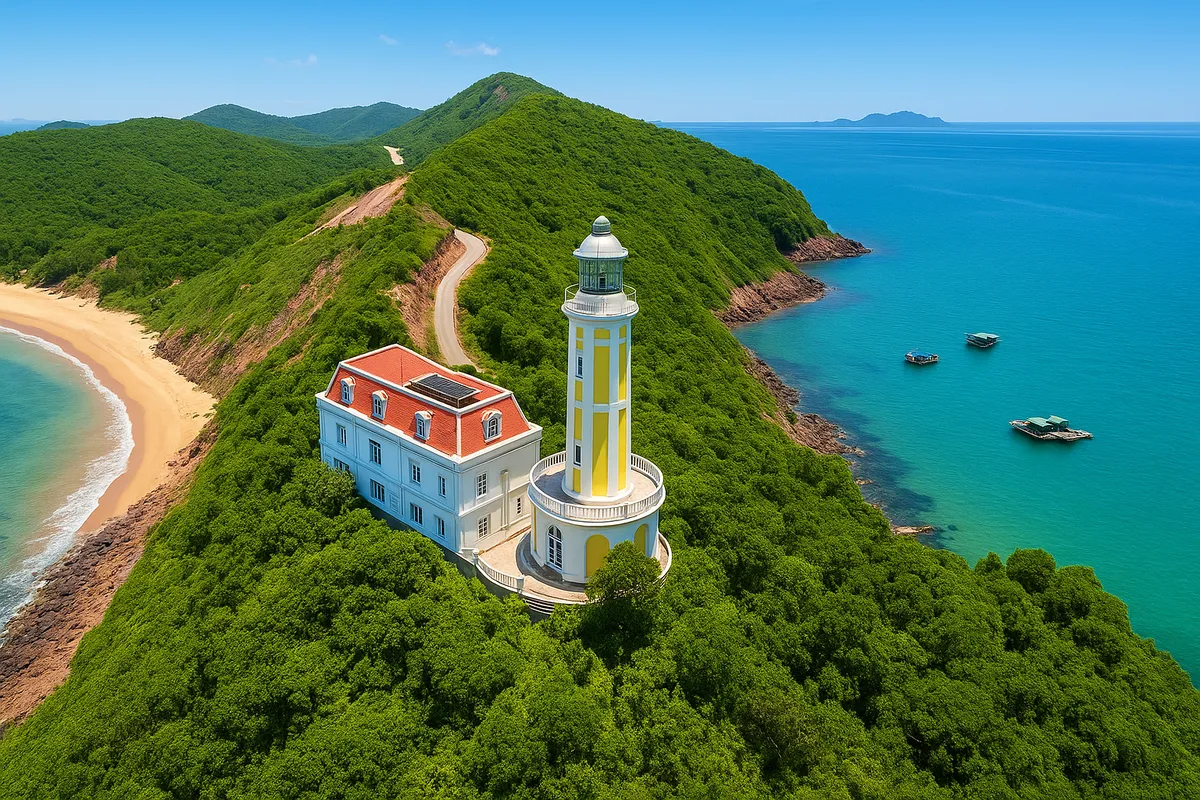
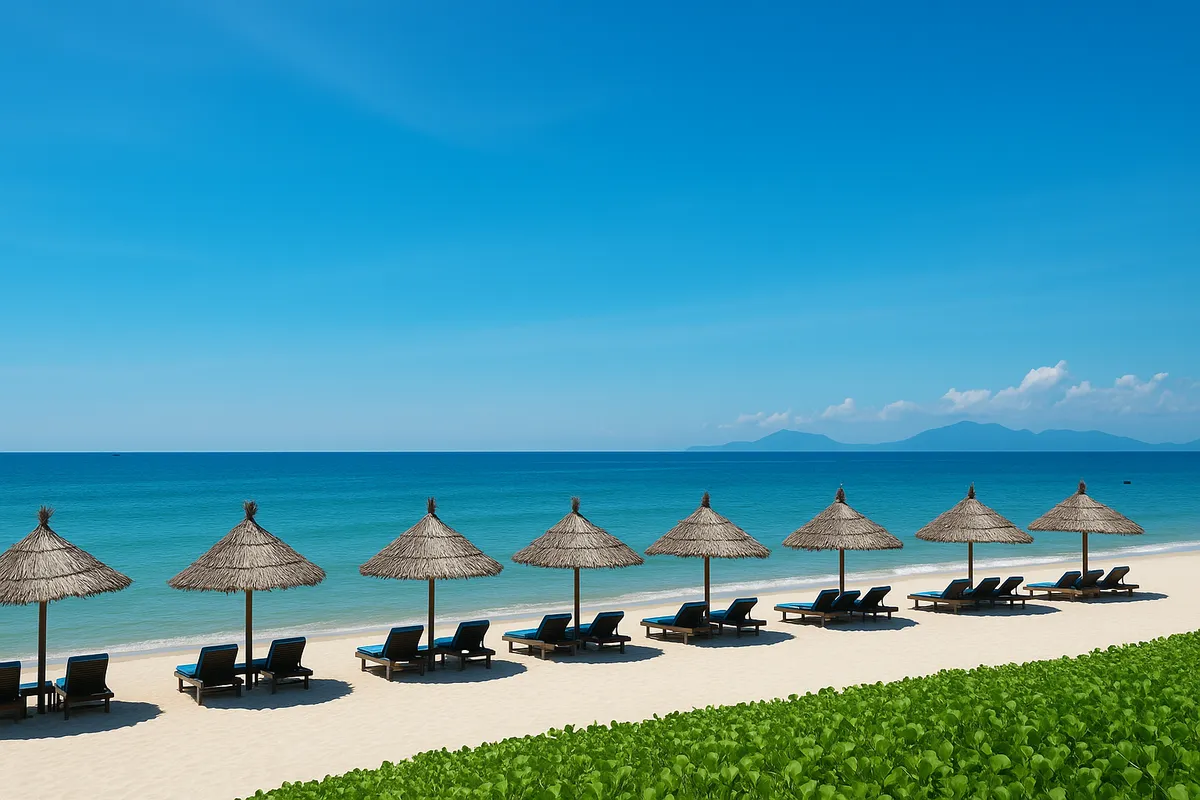
Share on